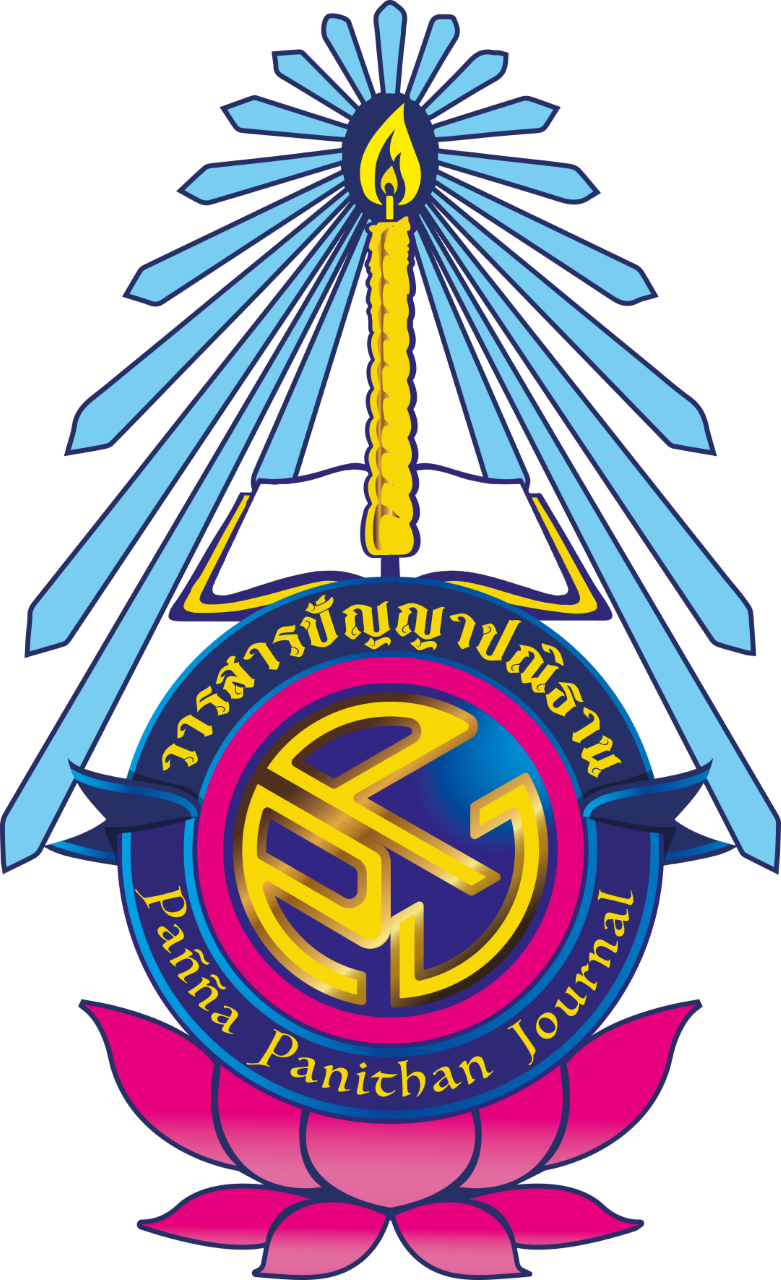A COMPARISON OF THE ROLE OF HUMAN RIGHTS COMMISSIONS IN THE PREVENTION AND SUPPRESSION OF TORTURE AND ENFORCED DISAPPEARANCES IN THAILAND AND THE PHILIPPINES
Main Article Content
บทคัดย่อ
Abstract
This study examines the roles and responsibilities of Thailand’s National Human Rights Commission and the Philippines’ Commission on Human Rights in preventing and addressing torture and enforced disappearances. Conducted as qualitative research, the study employs a document-based analysis that focuses on constitutional provisions, legislative frameworks, and international human rights conventions, including the Paris Principles, the Convention Against Torture, and the International Convention for the Protection of All Persons from Enforced Disappearance. By adopting a comparative approach, the research evaluates the effectiveness of each institution in fulfilling its mandate within the context of international human rights standards.
The findings indicate significant operational differences between the two commissions. The Commission on Human Rights of the Philippines plays a more active and dynamic role, with powers to conduct investigations, initiate legal proceedings, and carry out unannounced inspections of detention facilities. In contrast, the National Human Rights Commission of Thailand primarily acts as an advisory body, with its activities limited to reporting violations and promoting human rights awareness. The Philippine commission also offers extensive legal assistance and support to victims, ensuring alignment with global human rights expectations. These findings emphasize the need for Thailand to amend its legal framework to empower its human rights commission with broader authority, including direct action and comprehensive investigative powers. Strengthening Thailand’s commission in this way would enhance its ability to protect human rights, meet its obligations under international conventions, and provide adequate support to victims of torture and enforced disappearances.
Article Details

อนุญาตภายใต้เงื่อนไข Creative Commons Attribution-NonCommercial-NoDerivatives 4.0 International License.
เอกสารอ้างอิง
References
Aquino, C. C. (1987). Executive Order No. 163: Declaring the Effectivity of the Creation of the Commission on Human Rights as Provided for in the 1987 Constitution, Providing Guidelines for the Operation Thereof, and for Other Purposes. Manila, Philippines: Office of the President.
Congress of the Philippines. (2009). Republic Act No. 9745: an Act Penalizing Torture and Other Cruel, Inhuman and Degrading Treatment or Punishment and Prescribing Penalties Therefore. Metro Manila, Philippines: Fourteenth Congress, Third Regular Session.
Congress of the Philippines. (2012). Republic Act No. 10353: an Act Defining and Penalizing Enforced or Involuntary Disappearance. Metro Manila, Philippines: Fifteenth Congress, Third Regular Session.
Constitution Drafting Committee. (2017a). Constitution of the Kingdom of Thailand B.E. 2560 (2017 A.D.). Bangkok, Thailand: Official Gazette.
Constitution Drafting Committee. (2017b). The Constitutional Act on the National Human Rights Commission B.E. 2560 (2017 A.D.). Volume 137, Part 123a, Pages 1-24. Bangkok, Thailand: Official Gazette.
Constitution Drafting Committee. (2022). Prevention and Suppression of Torture and Enforced Disappearances of Persons Act, B.E. 2565 (2022 A.D.). Royal Gazette, Volume 139, Part 66A, Pages 43-57. Bangkok, Thailand: Official Gazette.
Constitutional Commission. (1987). 1987 Constitution of the Republic of the Philippines. Manila, Philippines: Official Gazette.
Decaux, E., & Janina, S. (2021). The International Convention for the Protection of All Persons from Enforced Disappearance – A Human Rights Instrument of the 21st Century: Reflections on Its 10th Anniversary of the Entry into Force.
Prempanichnukul, P. (2021). Enforced Disappearance and Torture of Persons: State Responsibility on the Rights of the People. Nitiparitat Journal. 1, 2 (May 2021 A.D.): 1–8.
Republic of the Philippines commission on human rights. (2024). About the Commission. Retrieved on 10 June 2024 A.D. from https://chr.gov.ph/about-us/
Rojjanasom, R. (2021). Problems related to the Exercises of Right to Judicial Process of the National Human Rights Commission to protect human rights in Thailand. Office of the Ombudsman Thailand, 11(1), 57-61.
Roopsanga, J. (2018). Legal Problem Related to Enforced Disappearances in Thailand: Study Offenses to Forced Disappearances 1. Burapha University.
Sanguankaeo, W. (2015). Guidance for Considering National Human Rights Institutions Reform in Thailand. Journal of the Ombudsman, 8(1), 111-133.
Subongkoj, R. (2018). Problems Related to the Exercises of Right to Judicial Process of the National Human Rights Commission to Protect Human Rights in Thailand. Office of the Ombudsman Thailand, 11(1), 57-61.
Udompong, L. (2021). A Study of Roles and Guidelines for Enhancement of Performance of the National Human Rights Commission of Thailand According to the Constitution of the Kingdom of Thailand B.E. 2560 (2017 A.D.).. King Prajadhipok’s Institute Journal, 29, 1-34.
United Nations General Assembly. (1984). Convention against Torture and Other Cruel, Inhuman or Degrading Treatment or Punishment. Retrieved on 10 June 2024 A.D, from https://treaties.un.org/Pages/ViewDetails.aspx?src=TREATY&mtdsg_no=IV-9&chapter=4&clang=_en.
United Nations General Assembly. (1993). Principles relating to the Status of National Institutions (The Paris Principles). New York, USA: United Nations.
United Nations General Assembly. (2006). International Convention for the Protection of All Persons from Enforced Disappearance. Retrieved on 10 June 2024 A.D., from https://treaties.un.org/Pages/ViewDetails.aspx?src=TREATY&mtdsg_no=IV-16&chapter=4&clang=_en.
United Nations General Assembly. (n.d.). View the Acceptance of Procedures and the Ratification Status by Country or by Treaty: Status for Thailand – Thailand, Treaties. Retrieved on 10 June 2024 A.D., from https://shorturl.asia/qgO5d.


